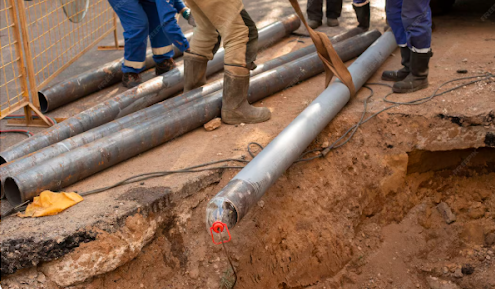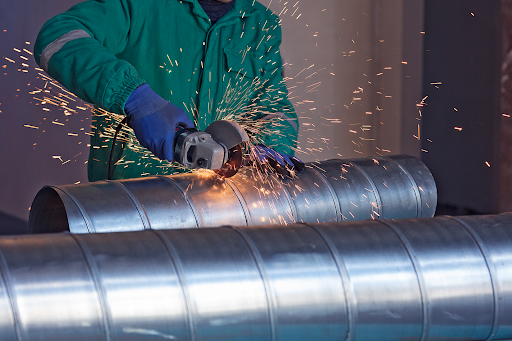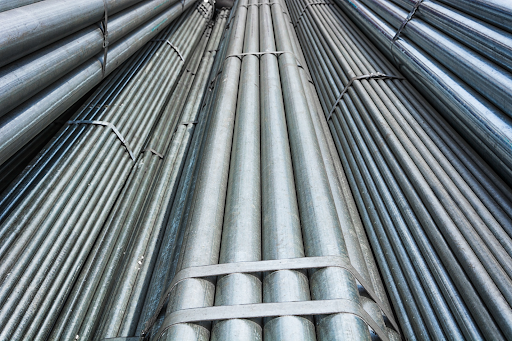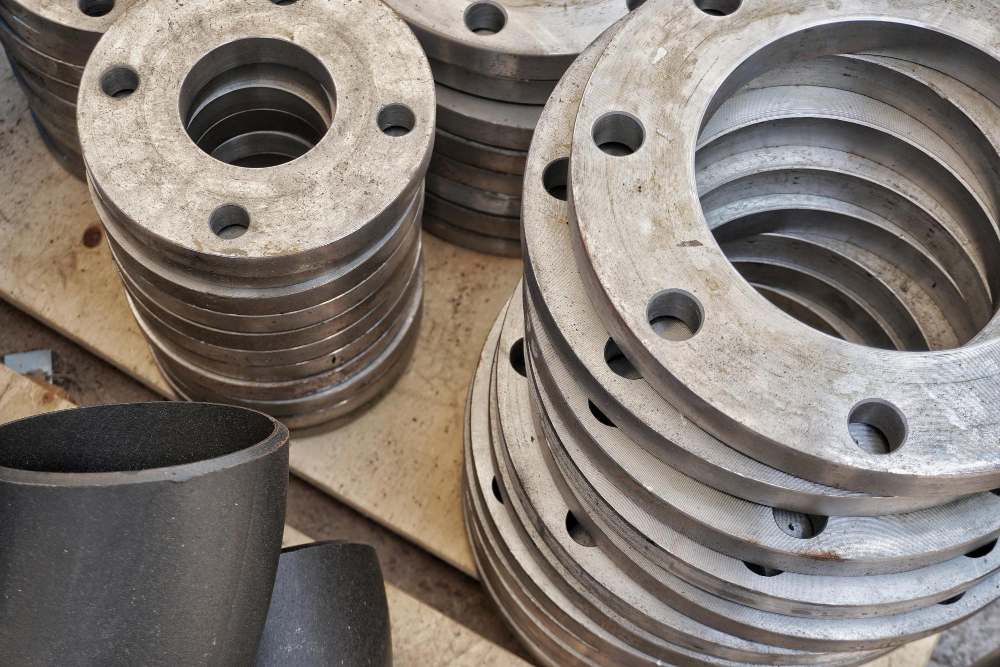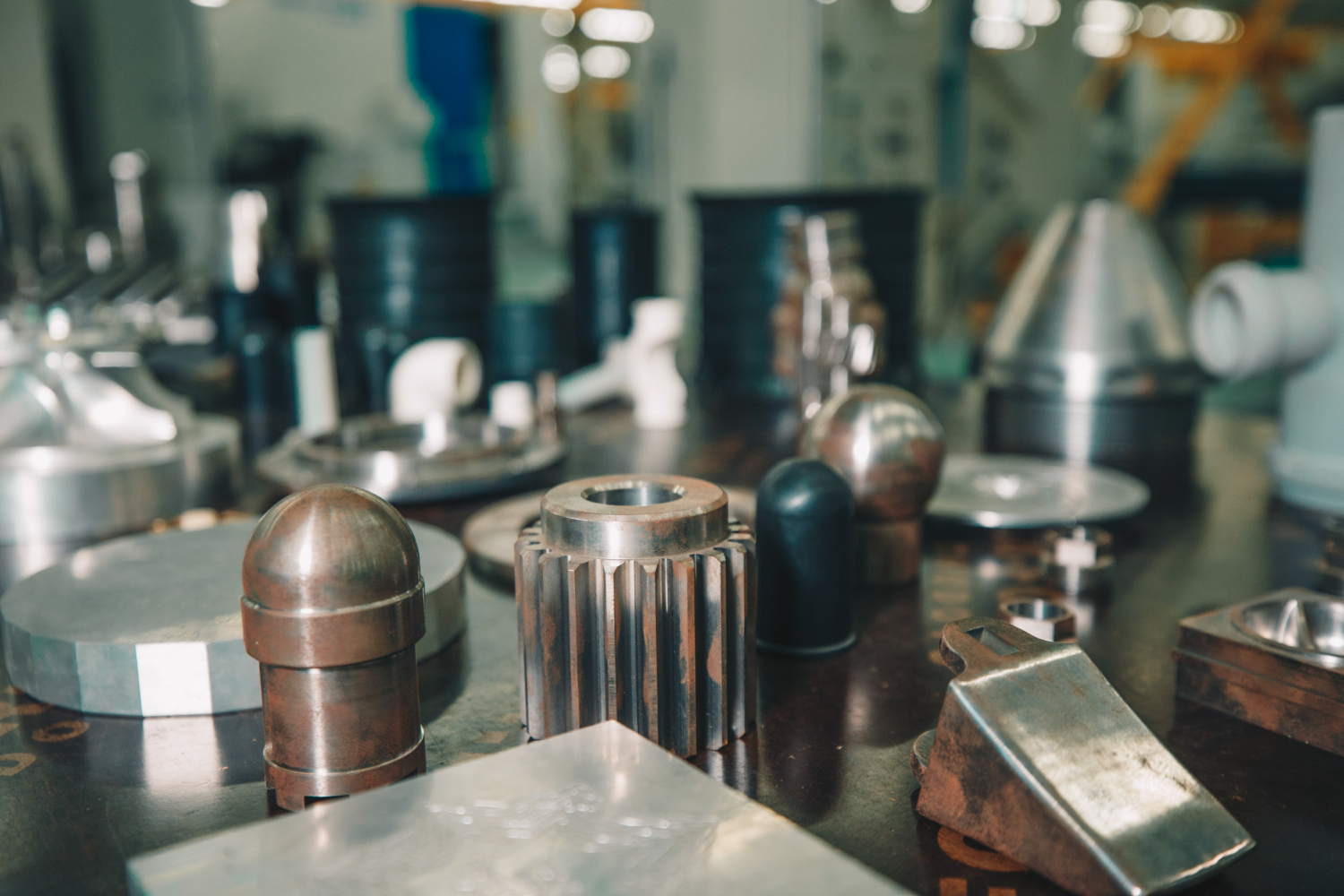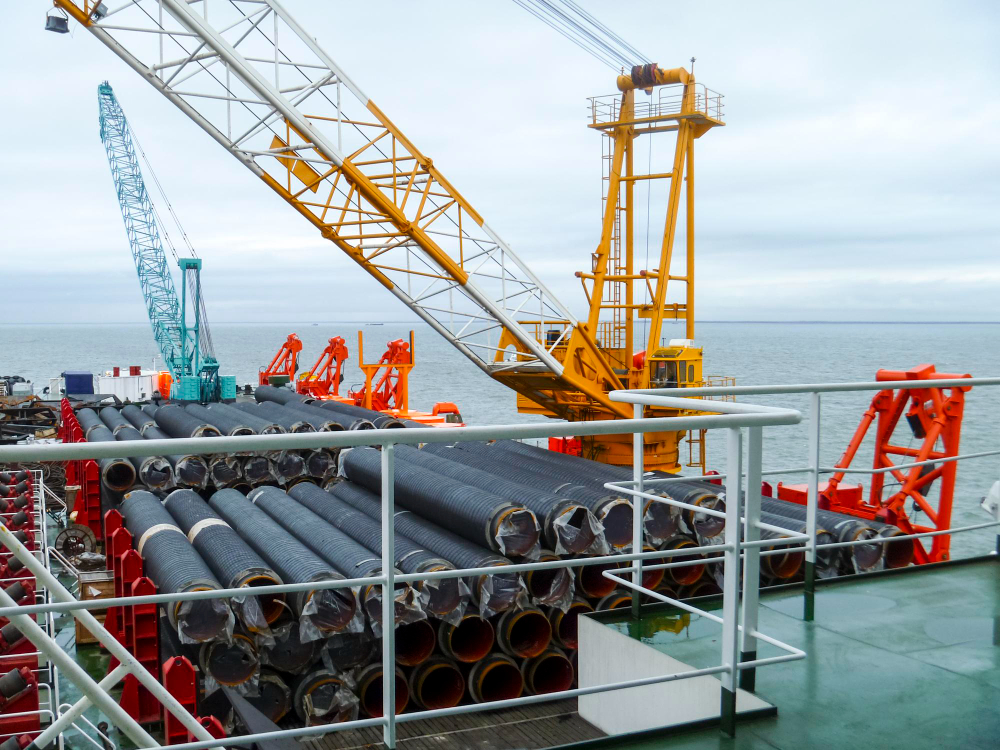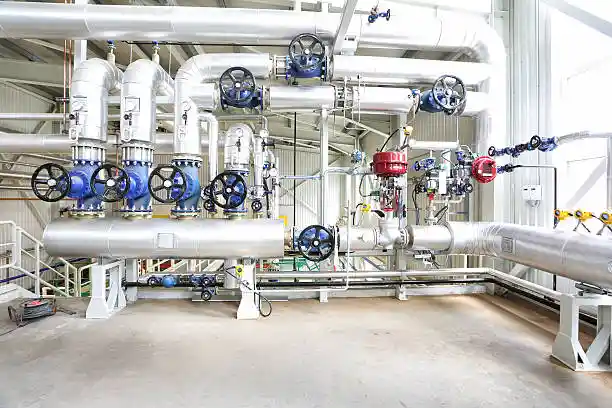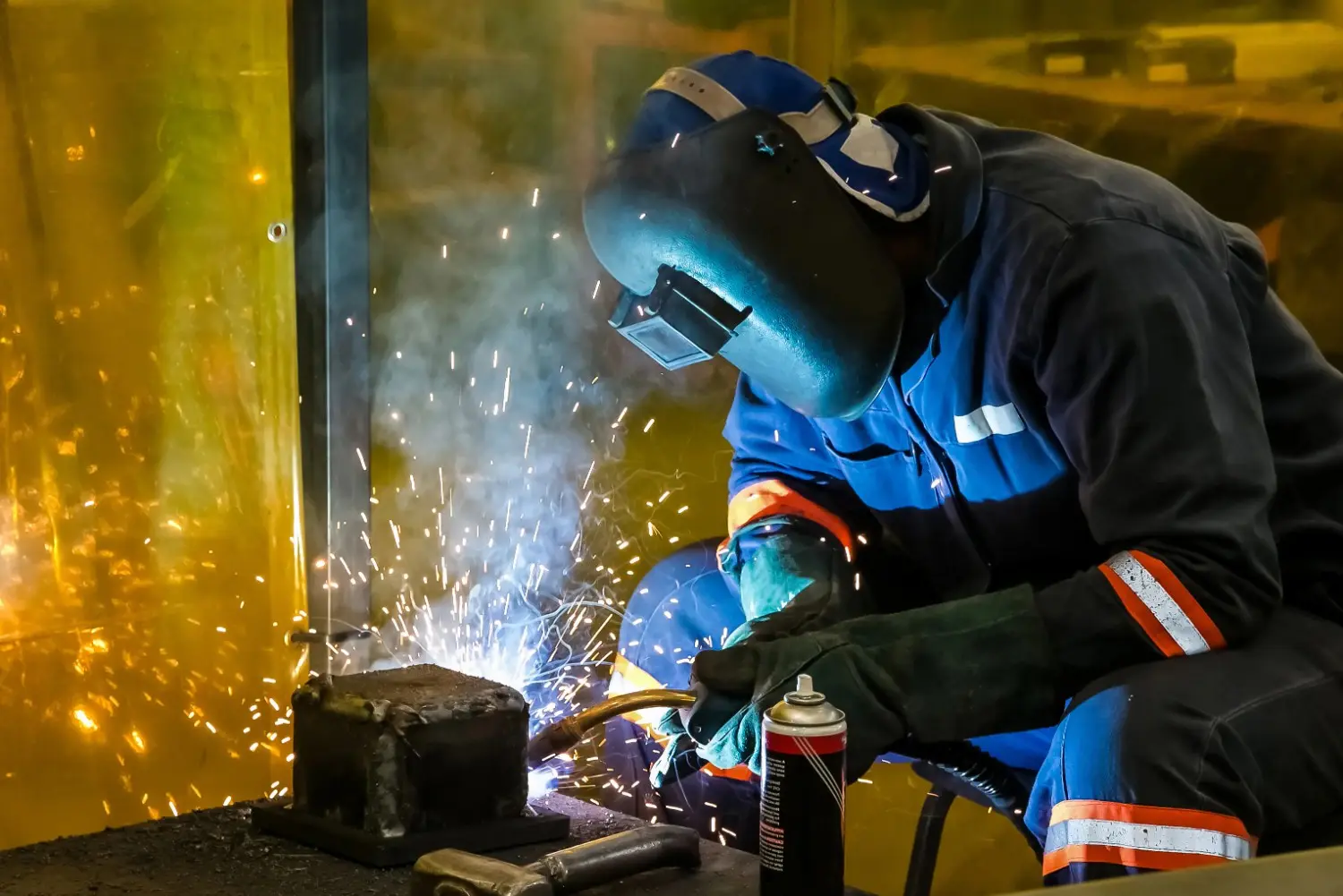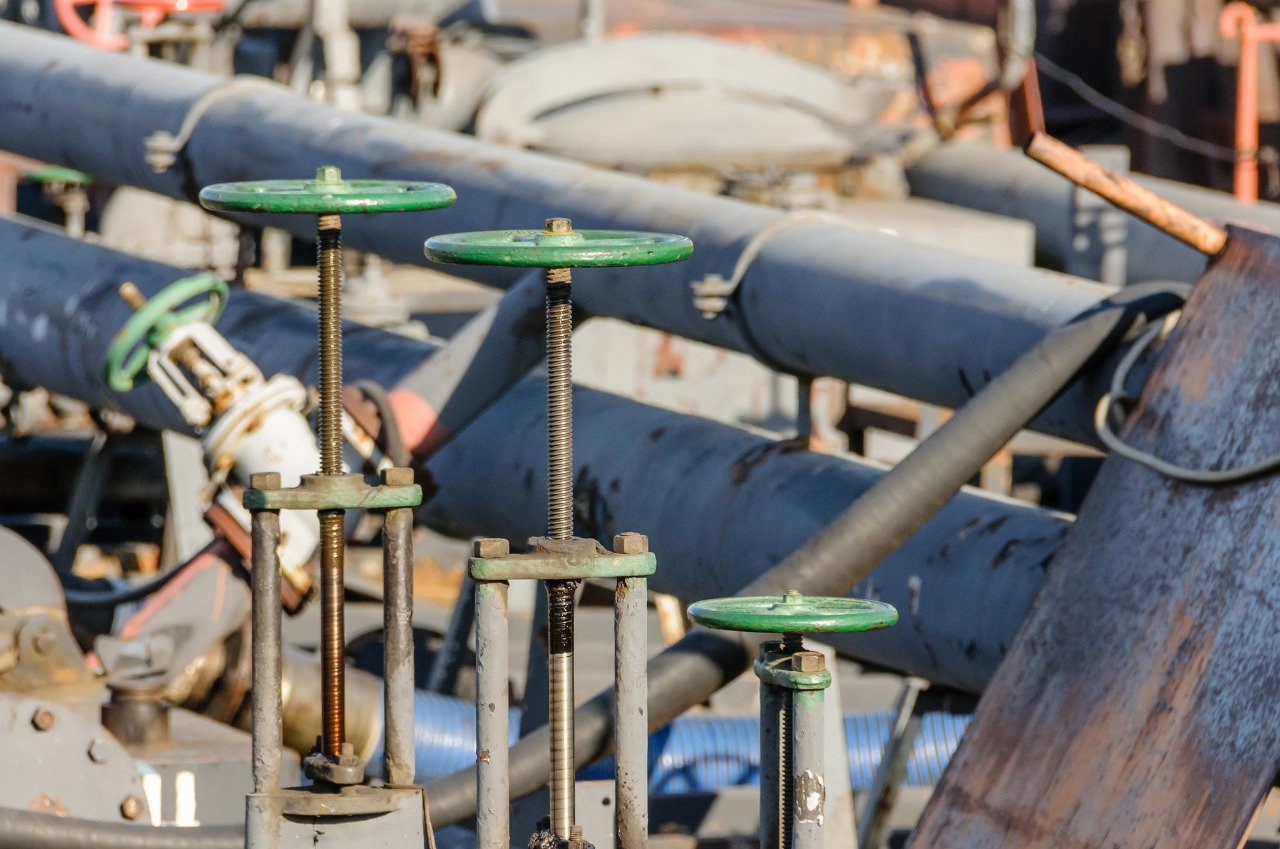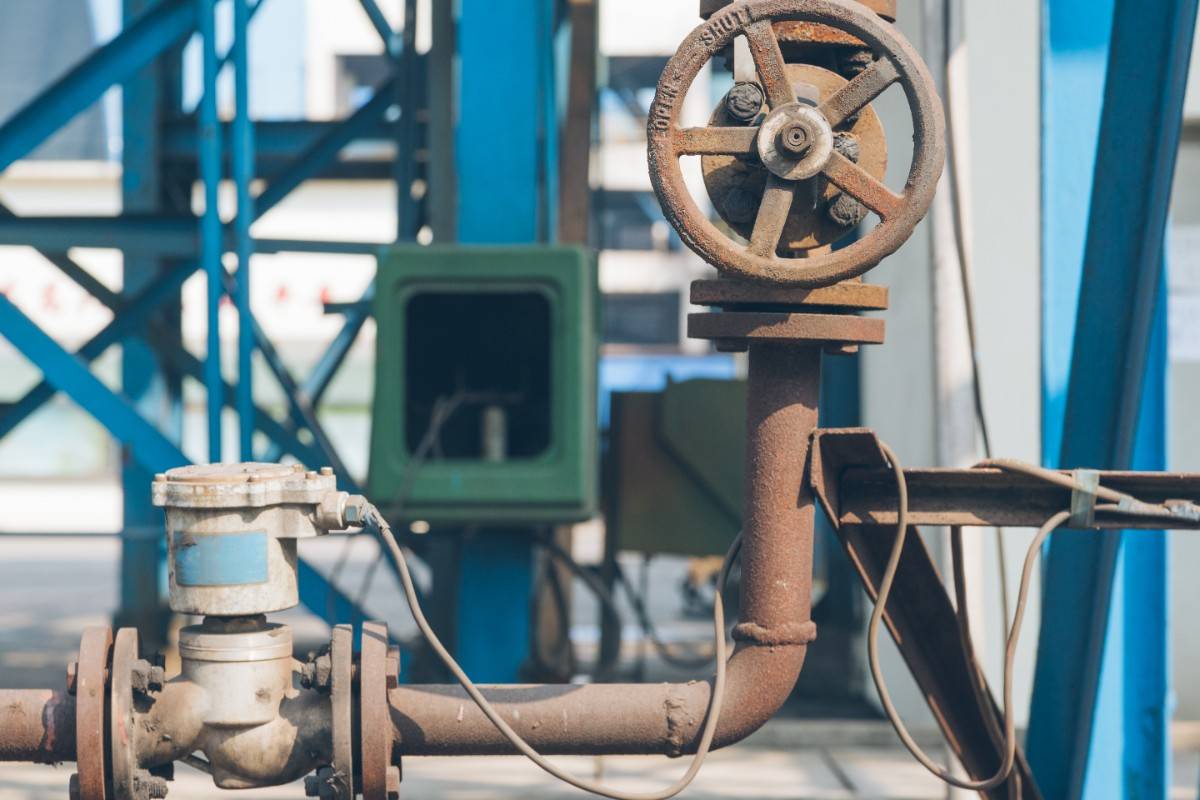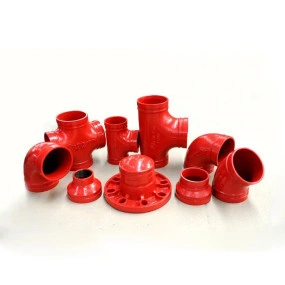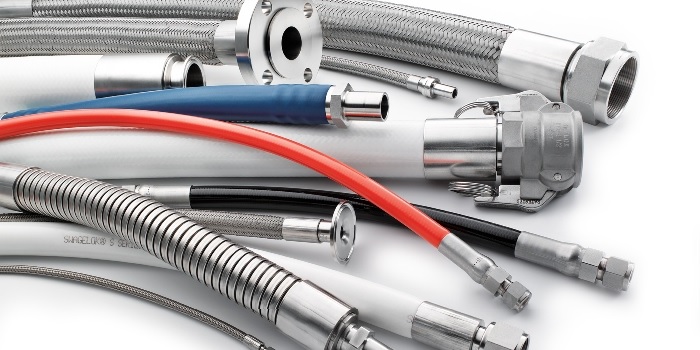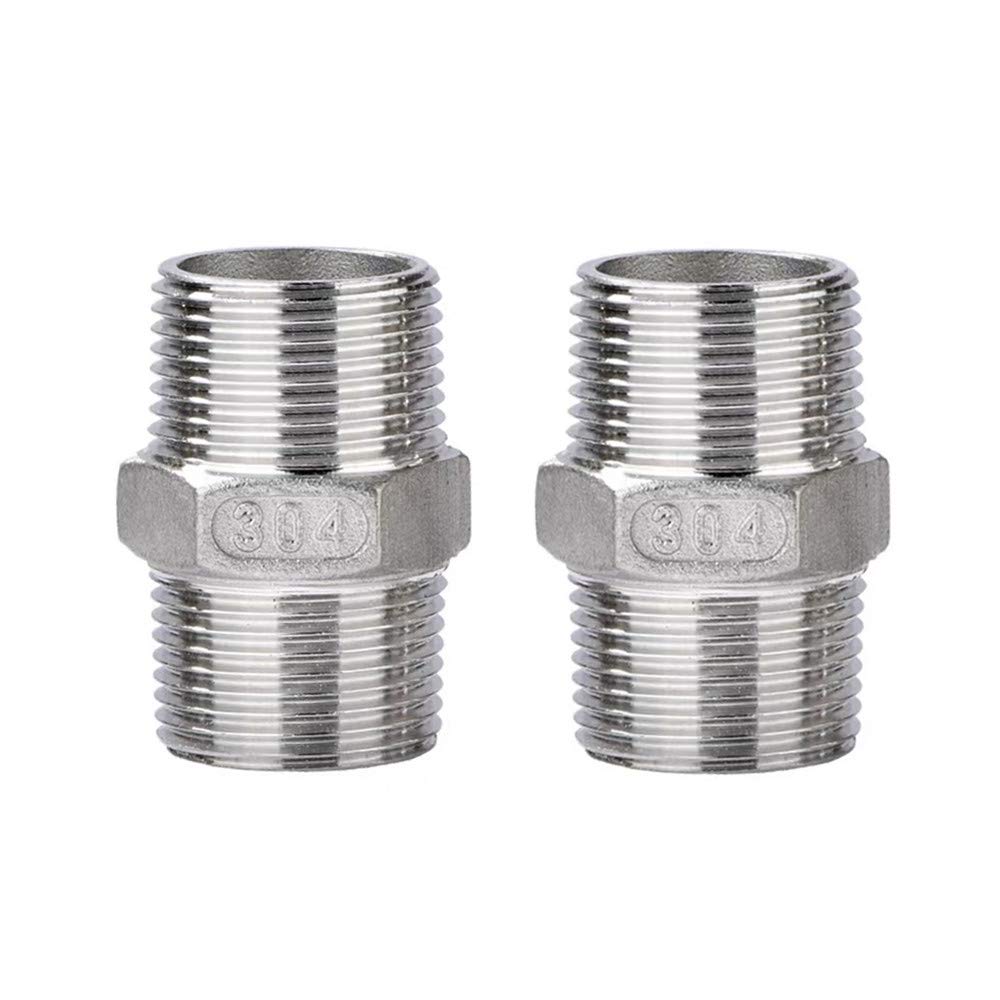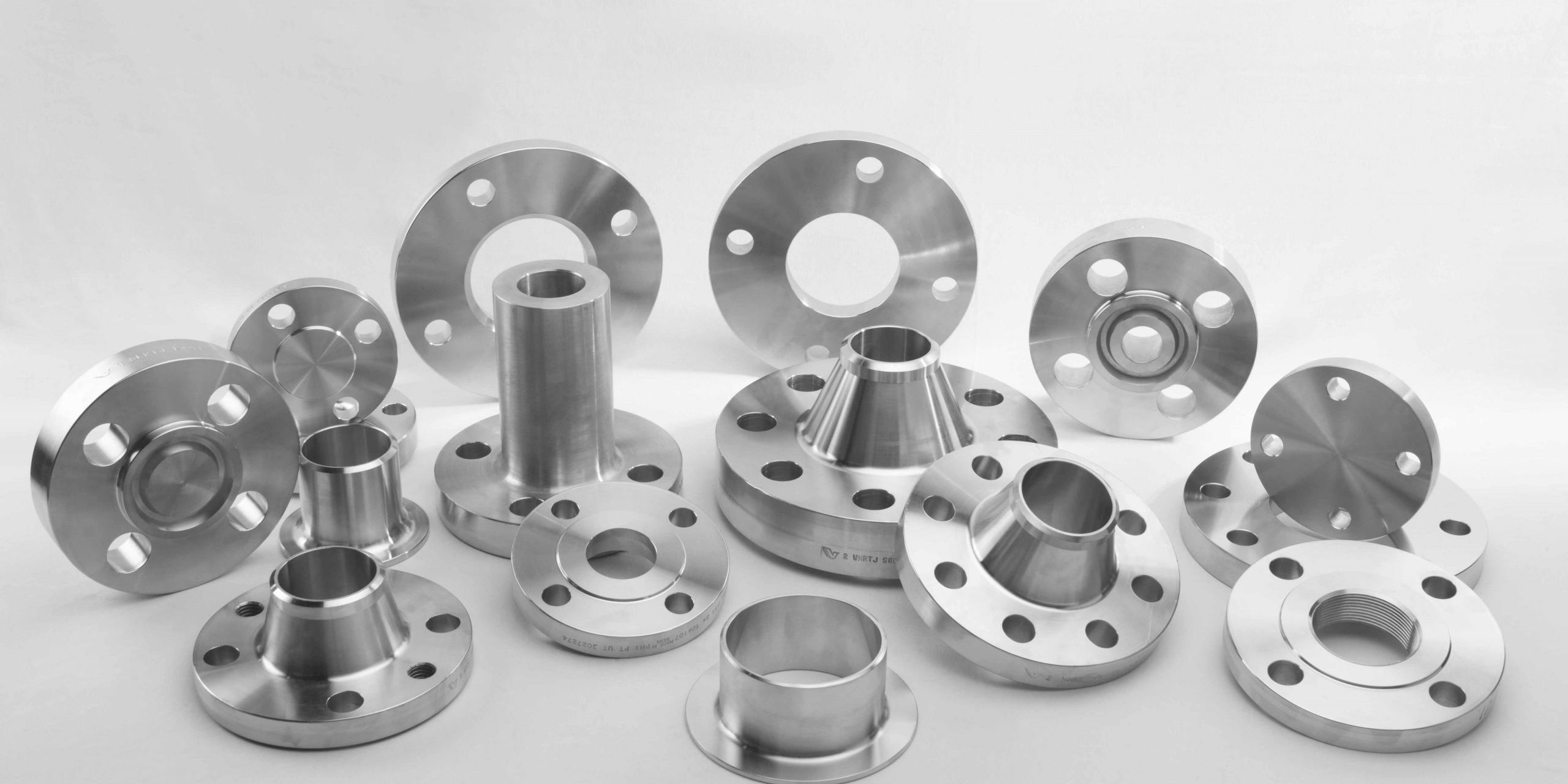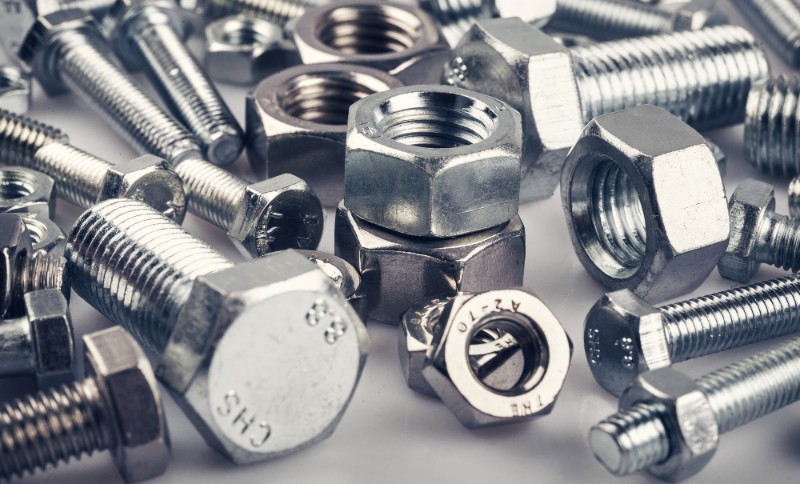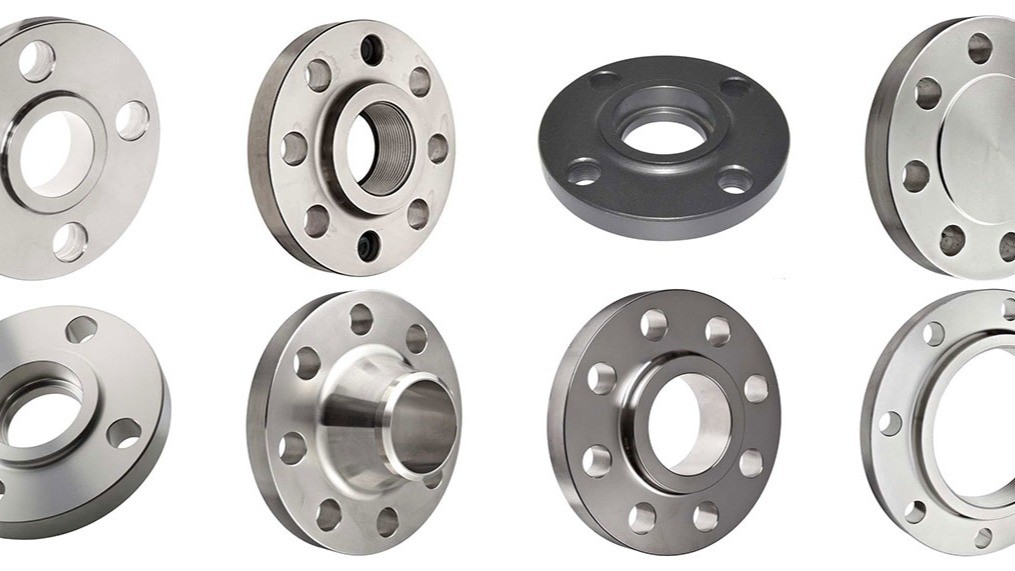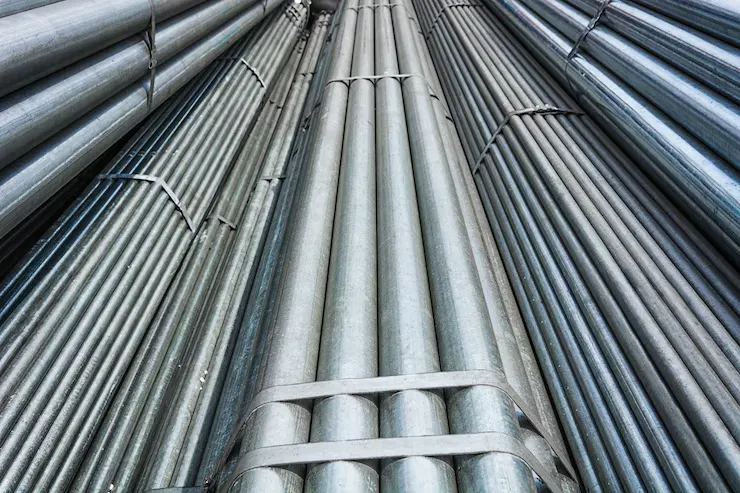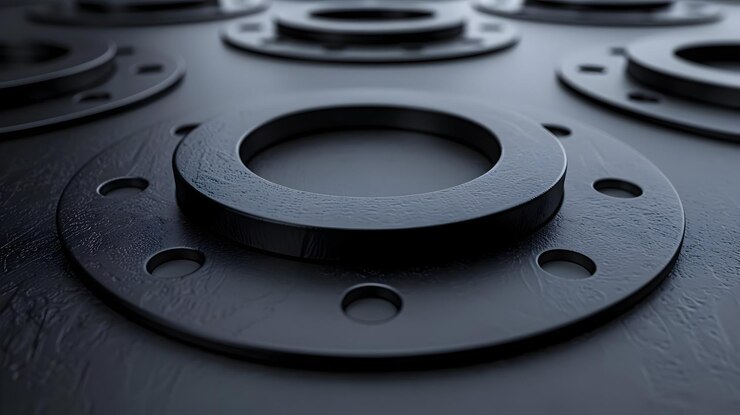
Understanding the Difference Between ANSI and DIN Flanges
Flanges are critical components in piping systems, used to connect pipes, valves, pumps, and other equipment to form a secure and sealed system. Among the most commonly used standards in the industrial world are ANSI flanges and DIN flanges. Although they serve a similar purpose, their specifications, dimensions, and applications differ significantly.
In this blog, we’ll break down the key differences between ANSI and DIN flanges, their unique features, and how to choose the right type for your project.
What Are ANSI and DIN Flanges?
ANSI Flanges are standardized by the American National Standards Institute (ANSI) and are primarily used in North America. These flanges follow the ASME B16.5 standard, covering sizes from ½ inch to 24 inches.
DIN Flanges, on the other hand, are governed by the Deutsches Institut für Normung (DIN), Germany’s national standards body. They are widely used in Europe and many international projects that follow metric systems.
Key Differences Between ANSI and DIN Flanges
1. Measurement Units
- ANSI Flanges: Use imperial measurements (inches, PSI).
- DIN Flanges: Use the metric system (millimeters, bar).
This difference makes them non-interchangeable in most systems. Using the wrong type can lead to misalignment, leaks, or system failure.
2. Pressure Ratings
- ANSI Flanges: Follow pressure classes like 150, 300, 600, 900, 1500, and 2500.
- DIN Flanges: Use pressure ratings such as PN6, PN10, PN16, PN25, and PN40, where PN stands for Pressure Nominal.
These pressure classes are not directly equivalent, so it’s important to consult pressure-temperature charts before replacement or installation.
3. Bolt Patterns and Dimensions
ANSI and DIN flanges have different bolt hole patterns, diameters, and thicknesses. For example, an ANSI 150 flange will have a different bolt circle diameter than a DIN PN16 flange, even if their nominal pipe sizes are similar.
4. Material Specifications
While both ANSI and DIN flanges can be made from similar materials (such as stainless steel, carbon steel, and alloy steel), the standards for chemical composition, tolerances, and surface finishes may differ slightly based on regional codes and industrial practices.
5. Applications and Regional Use
- ANSI Flanges are common in:
- Oil & gas plants in the U.S. and Canada
- Petrochemical industries
- Power generation plants in North America
- DIN Flanges are commonly used in:
- European process plants
- Global pharmaceutical and food industries
- Marine and offshore sectors in Europe and Asia
Can You Mix ANSI and DIN Flanges?
No. Mixing ANSI and DIN flanges is not recommended due to their dimensional and pressure incompatibility. Doing so may lead to misalignments, gaps, or even safety hazards. If a system requires integration between both standards, special adapters or custom flanges must be used.
How to Choose the Right Flange for Your System
When selecting between ANSI and DIN flanges, consider the following:
- Geographic location and industry standards: North American systems lean toward ANSI, while European and Asian installations often use DIN.
- Pressure and temperature requirements: Match the flange rating with your system’s operational conditions.
- Compatibility: Ensure matching dimensions, bolt hole layouts, and pressure classes with existing equipment.
- Material and corrosion resistance: Choose materials based on your application’s environmental exposure (e.g., chemical, marine, high-temperature).
Why Sourcing Quality Flanges Matters
At Al Kun Steel Trading, we supply a wide range of ANSI and DIN flanges that meet international quality and dimensional standards. Whether your project demands high-pressure resistance or corrosion-resistant materials, we provide products that ensure long-term performance and safety.
Our experts are well-versed in global flange standards and can help you choose the right components for your system—no matter how complex the requirement.
Conclusion
Understanding the difference between ANSI and DIN flanges is critical for building efficient and reliable piping systems. From pressure classes to bolt patterns, choosing the correct standard impacts your system’s integrity, safety, and operational success.
Still unsure which flange suits your application?
Reach out to Al Kun Steel Trading
—your trusted supplier of industrial piping solutions across the Middle East and beyond.
Related Articles
Stainless Steel Buttweld Fittings For Offshore Shipbuilding And Platform Piping
Read MoreIndustrial Valves, Hoses & Gaskets: Alkun Steel’s Solutions for the Tanks & Pumps Industry
Read MoreCorrosion-Resistant Valves, Flanges & Joints: Alkun Steel’s Petrochemical Solutions
Read MoreWhy Alkun Steel Is A Reliable Supplier Of Essential Products In The Oil Drilling & Rig Industry
Read MoreReliable Industrial Components For Fire Fighting Applications: Alkun Steel’s Trusted Solutions
Read MoreWhy Alkun Steel Is A Reliable Supplier Of Essential Products In The Fabrication Industry
Read MoreIndustrial Valves, Hoses & Gaskets: Alkun Steel’s Solutions For Aviation Maintenance
Read MoreBest Weld Neck, Slip-On, And Blind Flanges For Critical Oil & Gas Connections
Read MoreBest Industrial Fasteners for Heavy Equipment Assembly and Structural Steel Projects
Read More